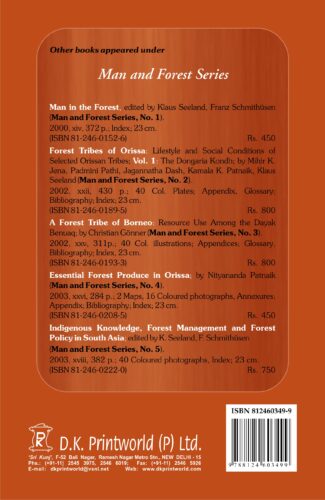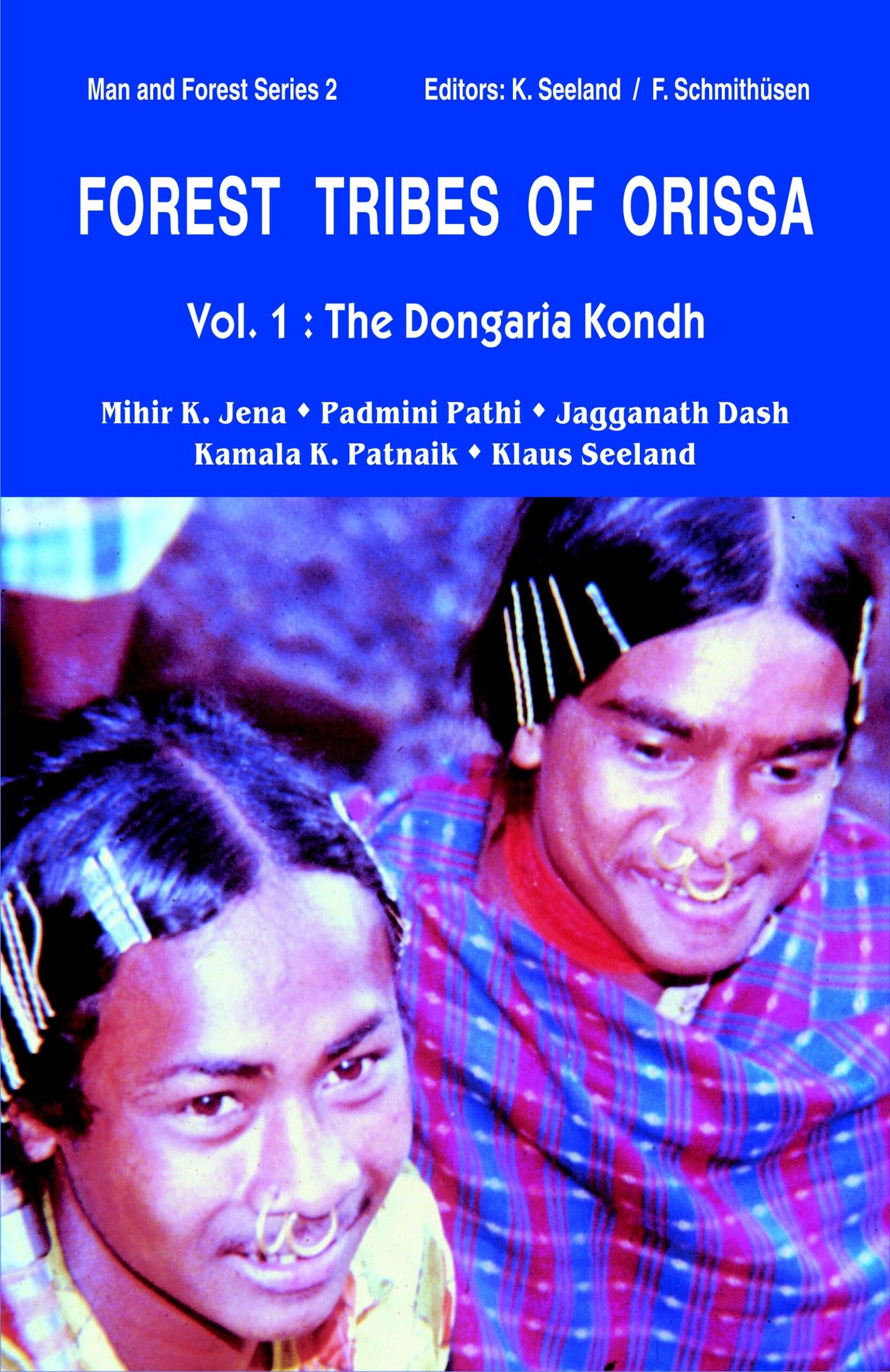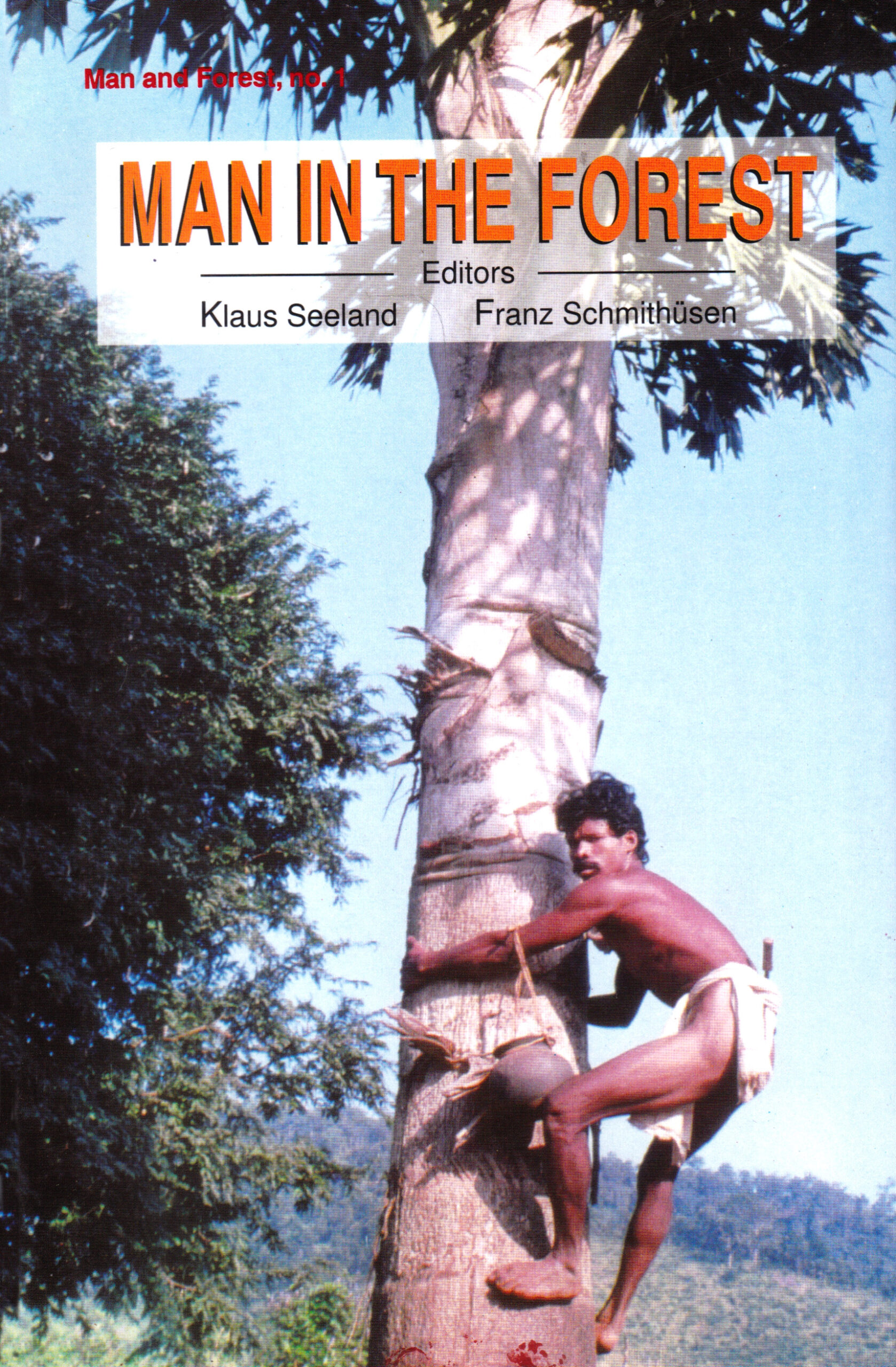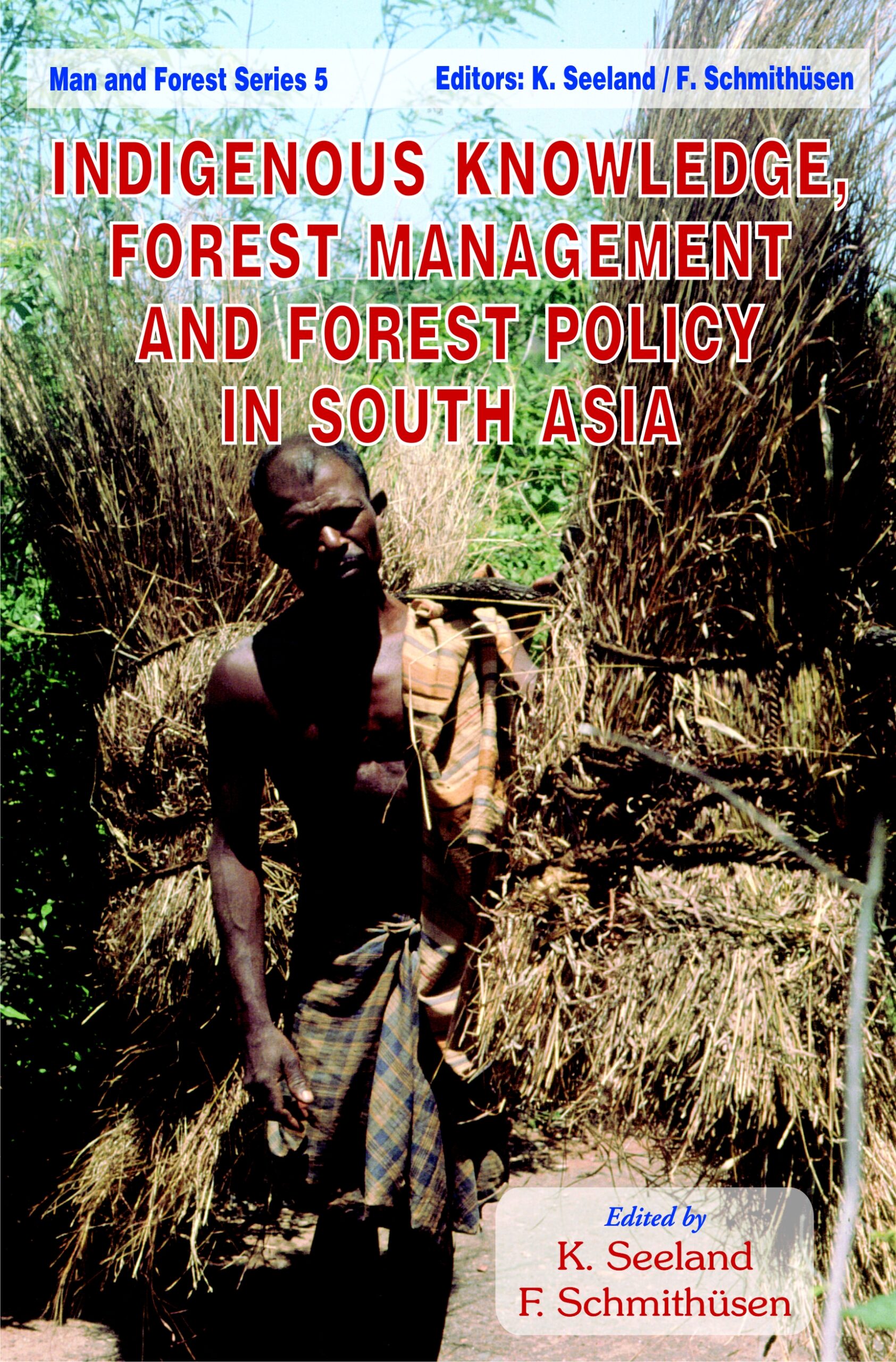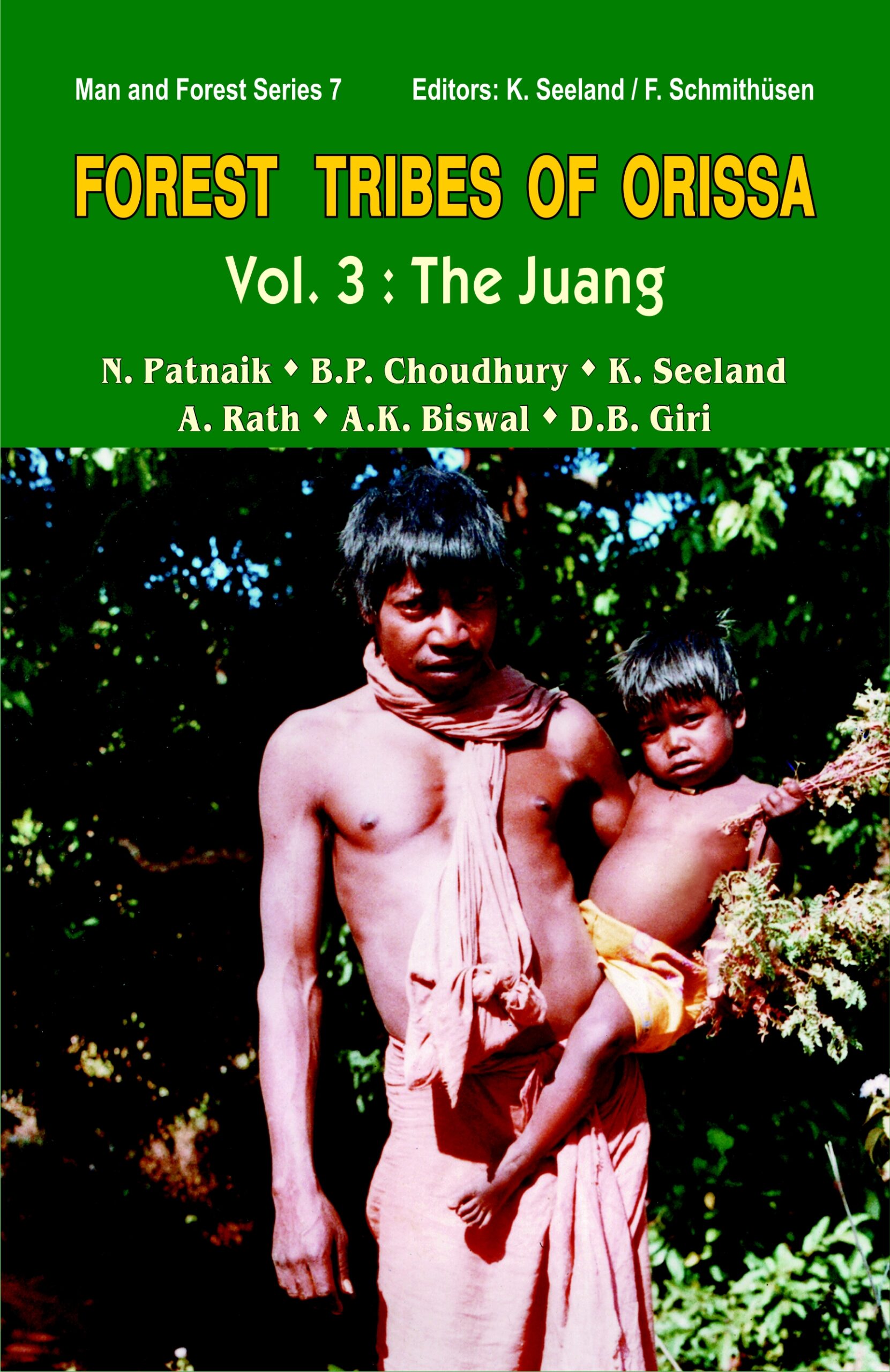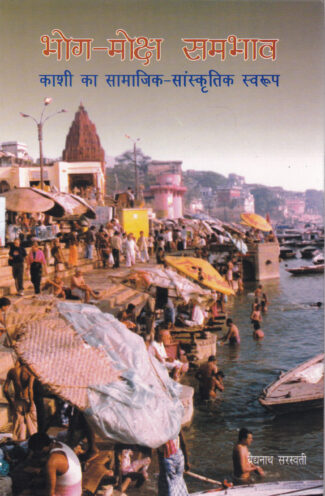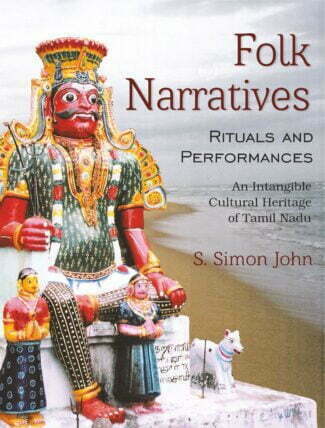

Forest Tribe of Oris...
Forest Tribe of Orissa: Vol. 2: The Kuttia Kondh
by: Mihir K. Jena , Padmini Pathi , Kamala Kumari Patnaik , Klaus SeelandThis is the sixth monograph in the series Man and Forest and the second volume to deal with an Aboriginal tribe of Orissa. The authors, after ten years of intensive research, give an account of how the Kuttia Kondh, a tribal community in transition, classify the components of nature, and of their social organisation, religious beliefs, etc.
Original price was: ₹1,100.00.₹990.00Current price is: ₹990.00.
ISBN: 9788124603499
Year Of Publication: 2006
Edition: 1st
Pages : xxxii, 552
Language : English
Binding : Hardcover
Publisher: D.K. Printworld Pvt. Ltd.
Size: 23 cm.
Weight: 1050
In the management of renewable resources, forests have undeniably a vital role, and today, as never before, their conservation is an urgency. In view of this dire necessity the series Man and Forest tries to highlight the relevance of indigenous knowledge of various South Asian tribal communities in the sustainable management of forests/local resources more specially against the growing challenges of economic development vis-a-vis environmental hazards and a rapidly declining resource base. A scientific inquiry into indigenous knowledge is an effort to discover/rediscover the tribals traditional modes of production and conservation. For them it is the only source to cope with the problems of modernity affecting their lives and precarious environments. Forest Tribes of Orissa: The Kuttia Kondh is the sixth monograph in the series Man and Forest and, after the publication of an account of the forest world of the Dongaria Kondh in 2002, the second volume to deal with an aboriginal tribe of Orissa. Being a tribal community in transition, the authors have tried to document and thus safeguard its local traditional knowledge of conservation, use and management of forests and natural resources. They give an account of how the Kuttia Kondh classify trees and other plants, hills, forests, crops and animals. Their subsistence economy, agricultural system, social organization, religious beliefs and other important socio-cultural aspects of forest life have been extensively treated. The lifestyle of this tribal community is finally reflected on the background of forest policy and the impact it has on their livelihood. The present book is, as most of the volumes in the series, the outcome of nearly ten years research venture involving an interdisciplinary, intercultural team of sociologists, ethnobotanists, social anthropologists and other social scientists.
Preface
Acknowledgements
Maps
List of Figures, Tables, Maps and Photographs
Introduction
1. Theory and Method
A Venture into the Essence of a Forest Culture — The Ecosystem — A Virtual Order — The Fragmentary Approach — A Holistic Methodology? — Natural and Social Resources — Polysemy in Context
2. Forest, People and their Environment in Orissa
Tribal or Primitive Communities — Semi-tribal Communities — Acculturated Tribal Communities — Totally Assimilated Tribals who have Acquired a Place in the Hindu Hierarchy — The Natural Environment — The Kuttia Kondh Area — Administrative Setting in the Pre-Colonial, Colonial and Independent Era
3. Kuttia Kondh Society
The Clans — The Origin of Clans — Nondruka — Timaka — Saraka — Gunjika — Sukhbichaka — Sukuka — Mindanga — Andanga — Urlaka — Damanaka — Other Clans — Gender Relations and the Role of Women — Youth — The Pano — Informal and Formal Groups — Life Cycle Rituals — The Name Giving Ceremony: Daru Itina — The Menstrual Cycle — Marriage — Marriage by Elopement — Marriage by Capturel Sororate and Levirate — Marriage by Negotiationl Death
4. Livelihood, Economy and Development
The Kuttia Kondh Agricultural Economy — Everyday Routine of Work — Agricultural Calendar — Nutrition (Seasonal Food Patterns) — Resources in Kuttia Kondh Economy — Village Trade and Barter — Inaccessibility of Forests and Deforestation as a Crisis in Resource-Use — Socio-economic Change and Development in the Kuttia Kondh Area — Perspectives on Socio-Cultural Development
5. The Concepts of Space, Environment and Village Settlements
The Environmental and Spatial Concept of the Kuttia Kondh — Religious Background of the Spatial Concept of the Kuttia Kondh — Layout of Village Settlement and Cultivated Land — Preconditions for a Settlement — Religious Sanctioning of a New Settlement Site — Size of Settlement — Change of Settlement — Home, Habitat and the Placement of Deities — House Patterns — House Construction — The Death of a House
6. Sacred Geography of Hills and Forests
Mythical Origin of Hills and Forest — Manang — Mooting — The Kuttia Kondhs Perception of Hills and Forest — Conclusion
7. Shifting Cultivation — Way of Life and Mode of Production
Site Selection — Clearing the Forest — Crops Grown by the Kuttia Kondh — Layout of Crops in the Bagad — Productivity in the Swiddens — A Case Study — Fallow period — Mythical Background of Shifting Cultivation — Neri, Nede and Nella: a Cultural Core Configuration — Nella Dakina — Wango Dropondi — Bicha Supandi Dakina — Burlanga Kalu — Taka Kalu — Dulu Dakina — Policy Measures to Control Shifting Cultivation
8. Socio-cultural Aspects of Plants, Animals and Humans
Botanical names of trees mentioned in Kui — Kuttia Kondh familial relations with trees and other plants — Jella and Palla: a Universal View of Forest Life — Mythical Evolution of Plants and Trees —
Bamboo — Animals and Hunting Practices in Forests — Kdu Pata Worship — Hunting the Sambar
Animals in Dreams and Religious Belief — Sacrifices to Satisfy the Penuni — Gochchi — A Plant Disease — Daka-Daki-Dakina — Saru-Siru-Soru — Linkages Between Human Beings, Animals and Plants — Material Culture — The Use of Prominent Tree and Plant Species
9. Religion, Magic and Disease
Important Religious Events
Magic and Magician
The Concept of Disease
Omens and Beliefs Associated with Diseases
Health Care and Traditional Medicine
10. Life in the Forest
Life in the Forest: the Tribals Non-Tribalss interface
Conclusion
Forest as World of Representations
Challenges for a Modern Forest Policy in a Traditional Cultural Setting
To Whom Do Nature and Natural Resources Belong?
Glossary: Important Cultural Terms ofn the Kuttia Kondh
Appendix-1: Kui Gaani
Appendix-2: Kapaka Gaani
Photographs
Bibliography



